Institutional climate group chief sees Paris pact investment speeding up
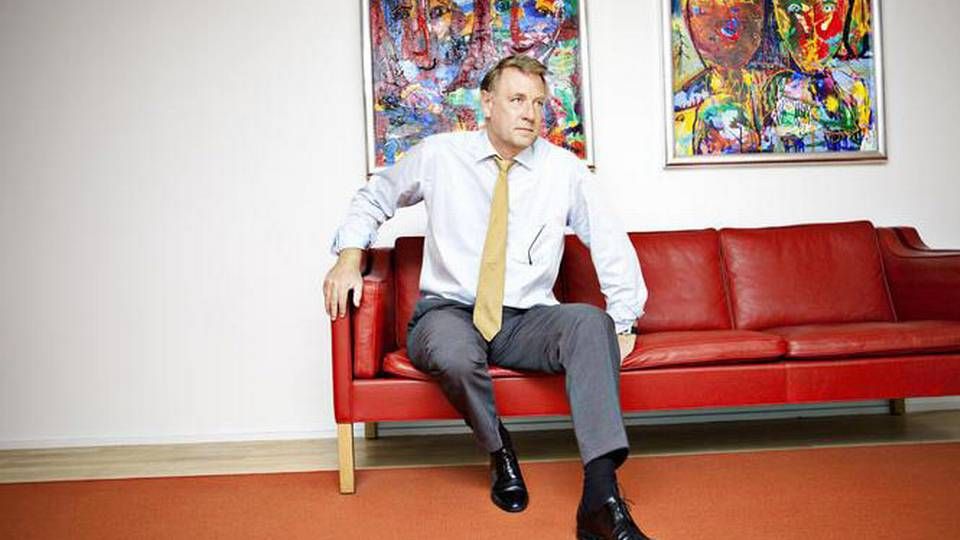
A roomful of officials would not stop clapping, and there were tears too when the Paris Climate Accord was reached in December of 2015. But many of the smiles have since turned into worried frowns.
Political infighting has hampered the agreed green transition. In the EU, it has taken a lot of time and tough negotiations to reach a compromise on a target for the proportion of renewable energy, and it has still not been possible to agree upon a target for energy efficiency.
Among investors, progress has also been slow, says Peter Damgaard Jensen. He is chairman of the board in the Institutional Investors Group on Climate Change (IIGCC) and CEO of Danish pension fund PKA. IIGCC represents more than 150 members with more than EUR 21 trillion in assets.
“If you look at the number of investors who have actually changed their portfolios and started investing in renewables, we could have gotten further. There are still many investors who are figuring things out and talking about what to do, and there are fewer who have started doing something,” Damgaard Jensen says in an interview with AMWatch in Brussels.
Slow progress in some countries
Damgaard Jensen was there to speak at a conference to discuss whether the world is on track to meet the targets of the Paris Climate Accord.
His impression is that investors from a few countries have been investing in green infrastructure since 2015, but that in other countries progress has been slower.
“In some places, I think it's taking a long time. In Denmark, we're beyond the discussion about whether a pension fund should invest in green projects. It's in the interest of the members to do that, and it is clearly recognized that the green projects don't lose money. In fact, you can make money from them,” Damgaard Jensen explains.
He points to the United Kingdom where he currently sees a discussion on whether it is part of the investors’ fiduciary duty to invest in renewables infrastructure. He thinks that the British investors should finish that discussion and start investing.
“If I am to be a little bit crude and direct, I think it's been used as an excuse. Because these investments are a little more cumbersome, you need to hire new people and you also have to defend the decision at the annual general meeting,” he says.
More CEOs at meetings
Over the recent years, he has experienced a growing interest in the green investments, however. He has been the chairman of the board of IIGCC for almost four years, and since then many new investors have joined the group.
He sees more people coming to the meetings, and also notes that the attendees now come from a higher level within organizations. Previously, it was often specialists coming to meetings in IIGCC, but today he meets more fellow CEOs.
And he thinks that now is the time where more investors will start putting money into the projects that will help meet the targets of the Paris Climate Accord.
“The Swedes are moving fast. So are the Finns and the Dutch. The British are a bit more hesitant, and so are the Americans. But I can see how far along in the discussions they are, because we had the same discussions five or six years ago. And I think they're coming on board now,” says Damgaard Jensen.
His experience is that the Danish investors have been at the forefront of this type of investments. PKA has been among the pension funds which has jumped at the opportunity of investing in infrastructure which is a part of the transition towards renewable energy. According to Damgaard Jensen, PKA was among the first pension funds to invest in wind farms, and since then the PKA team that invests in infrastructure has just kept growing.
Related articles
Cost of meeting Copenhagen's climate targets will double
For subscribers
EU raises renewable energy goal to 32 percent by 2030
For subscribers
US hedge fund adjusts its short position in NKT
For subscribers

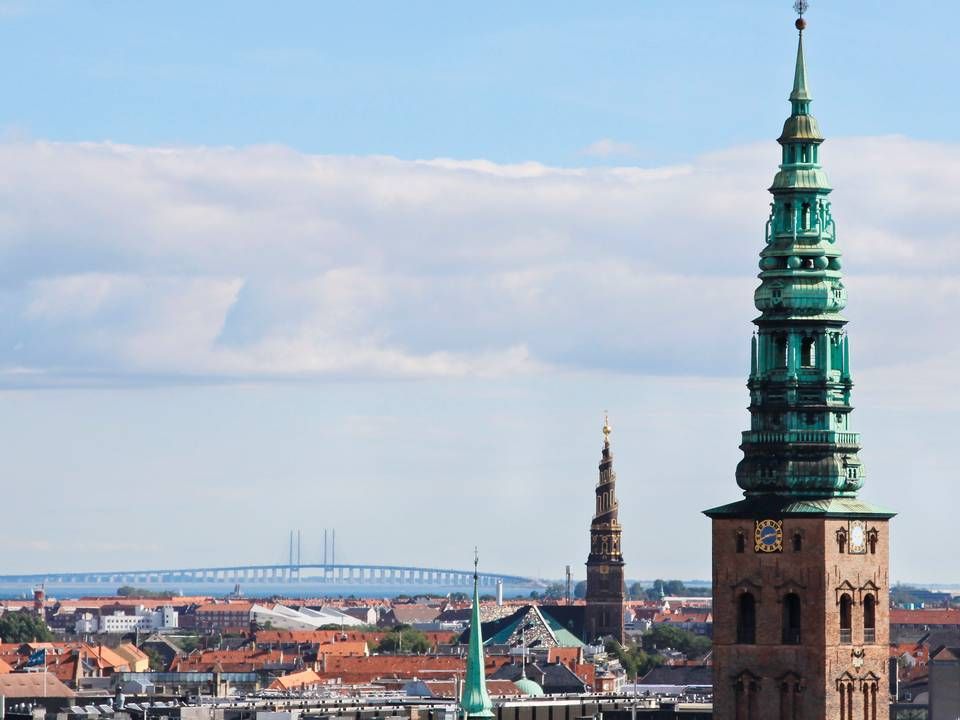
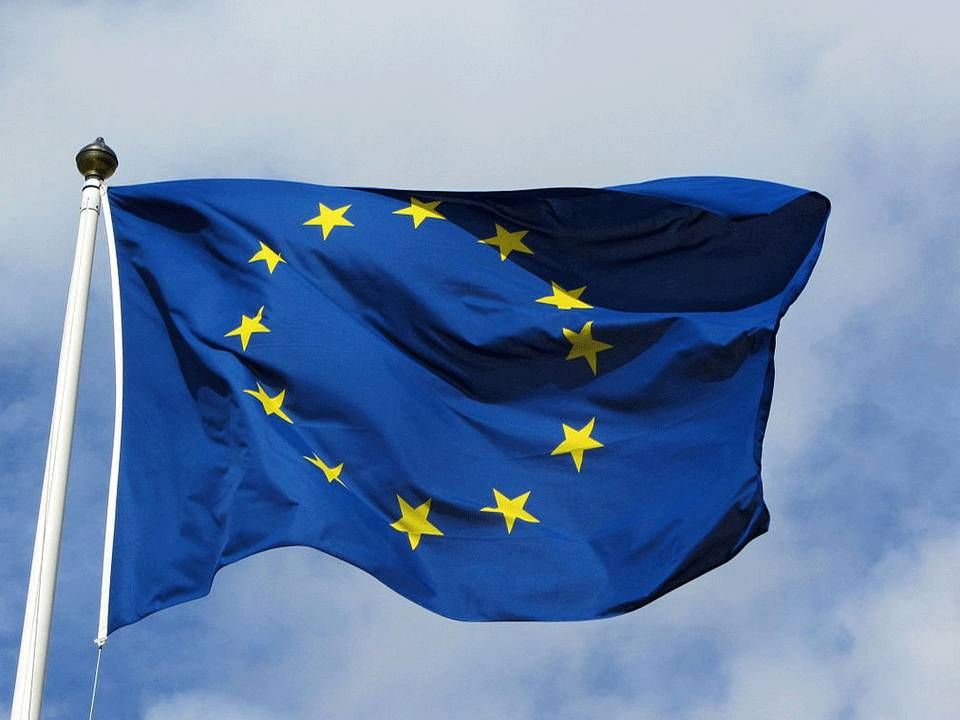
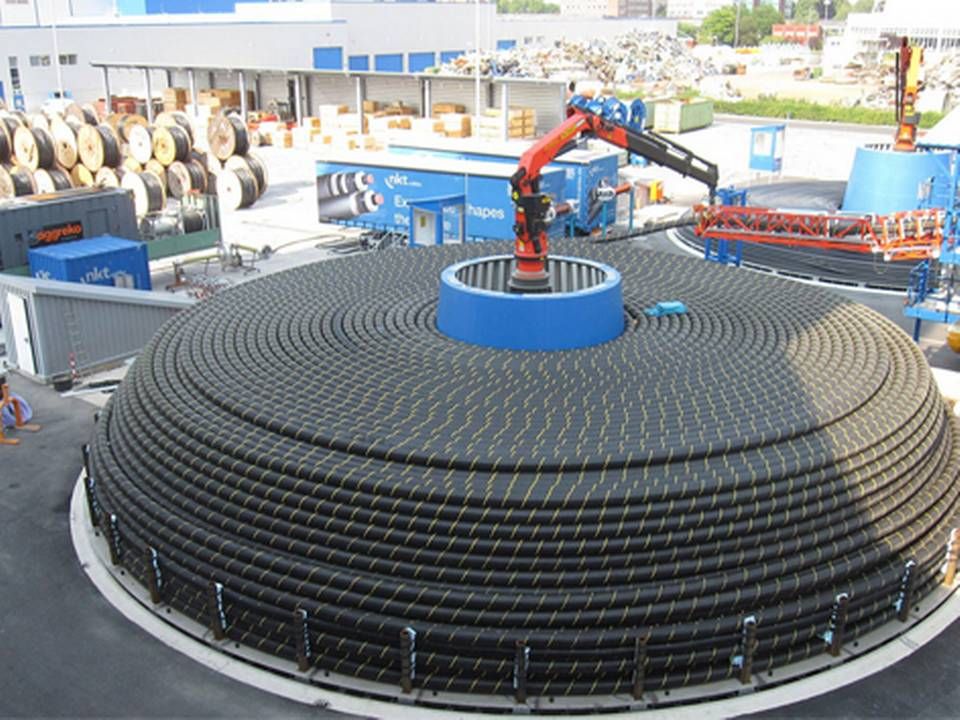

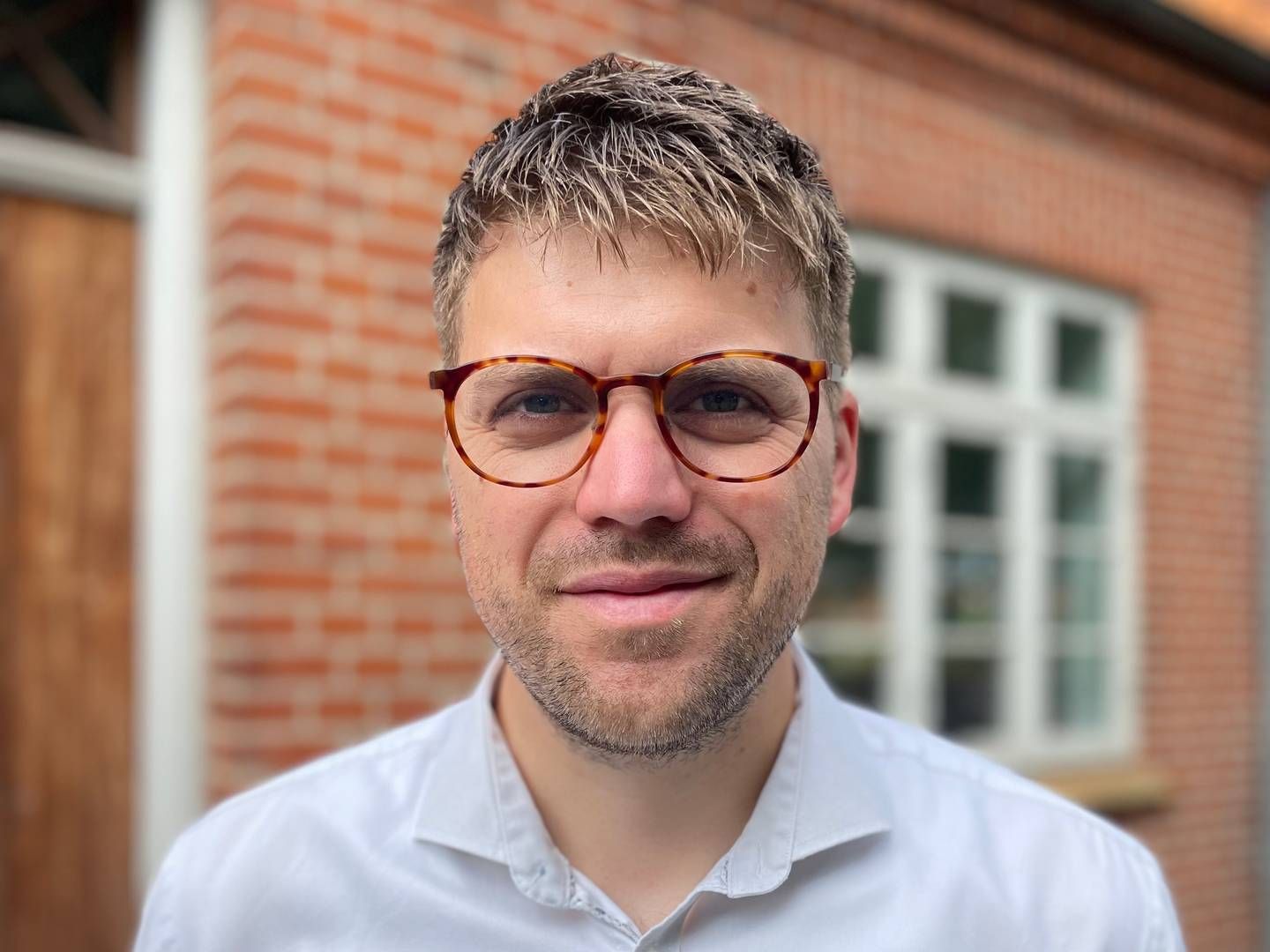
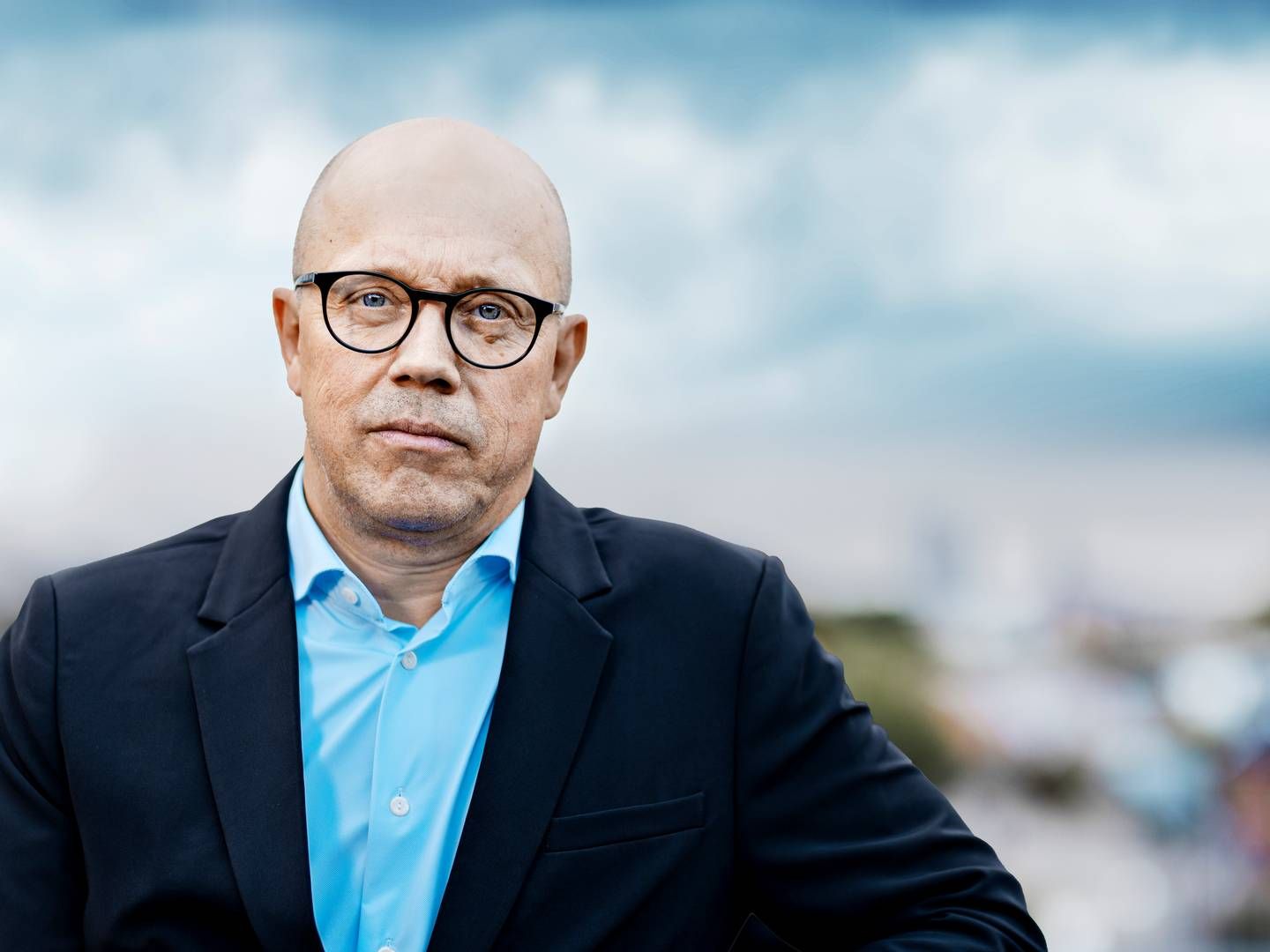

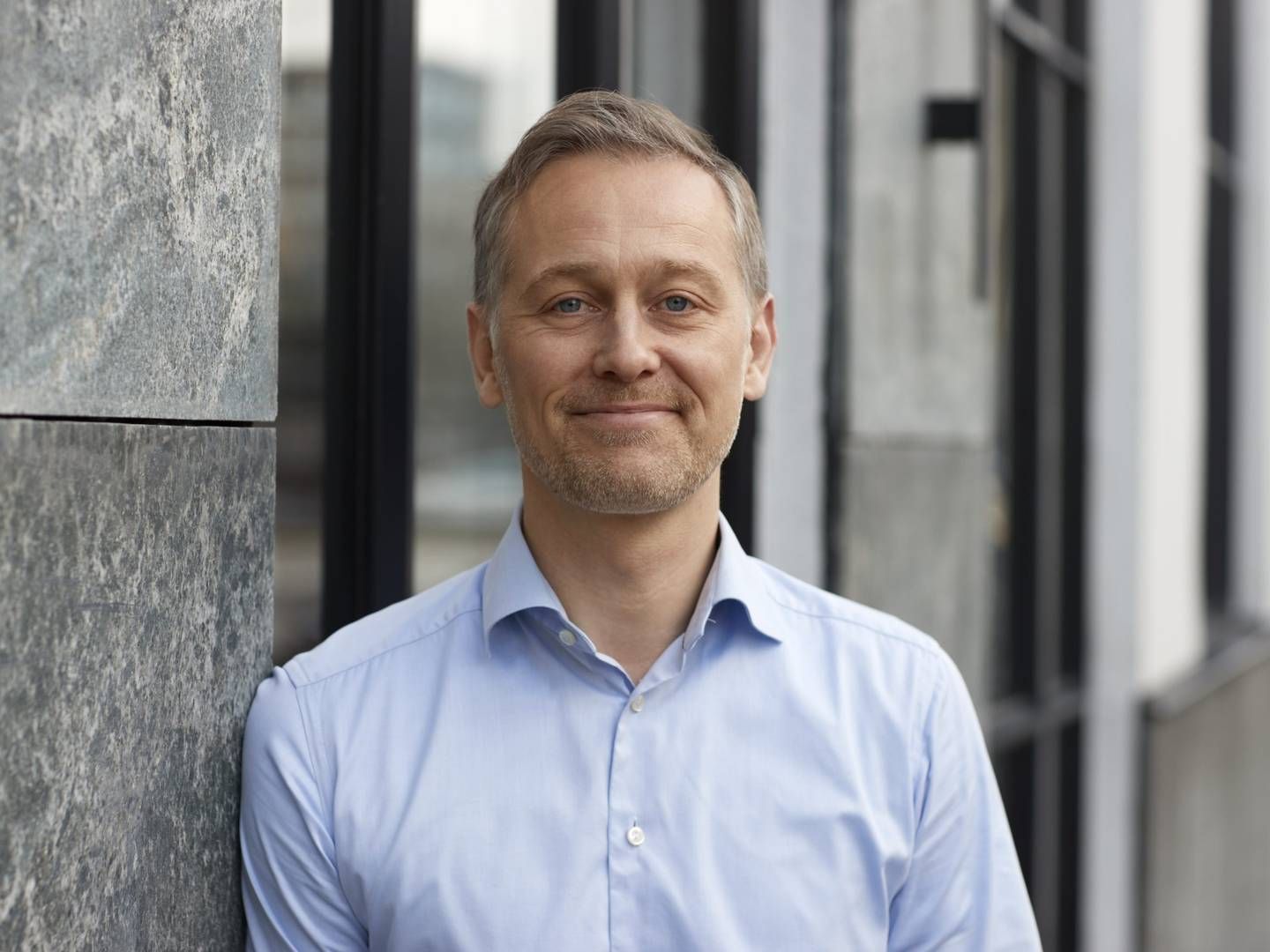

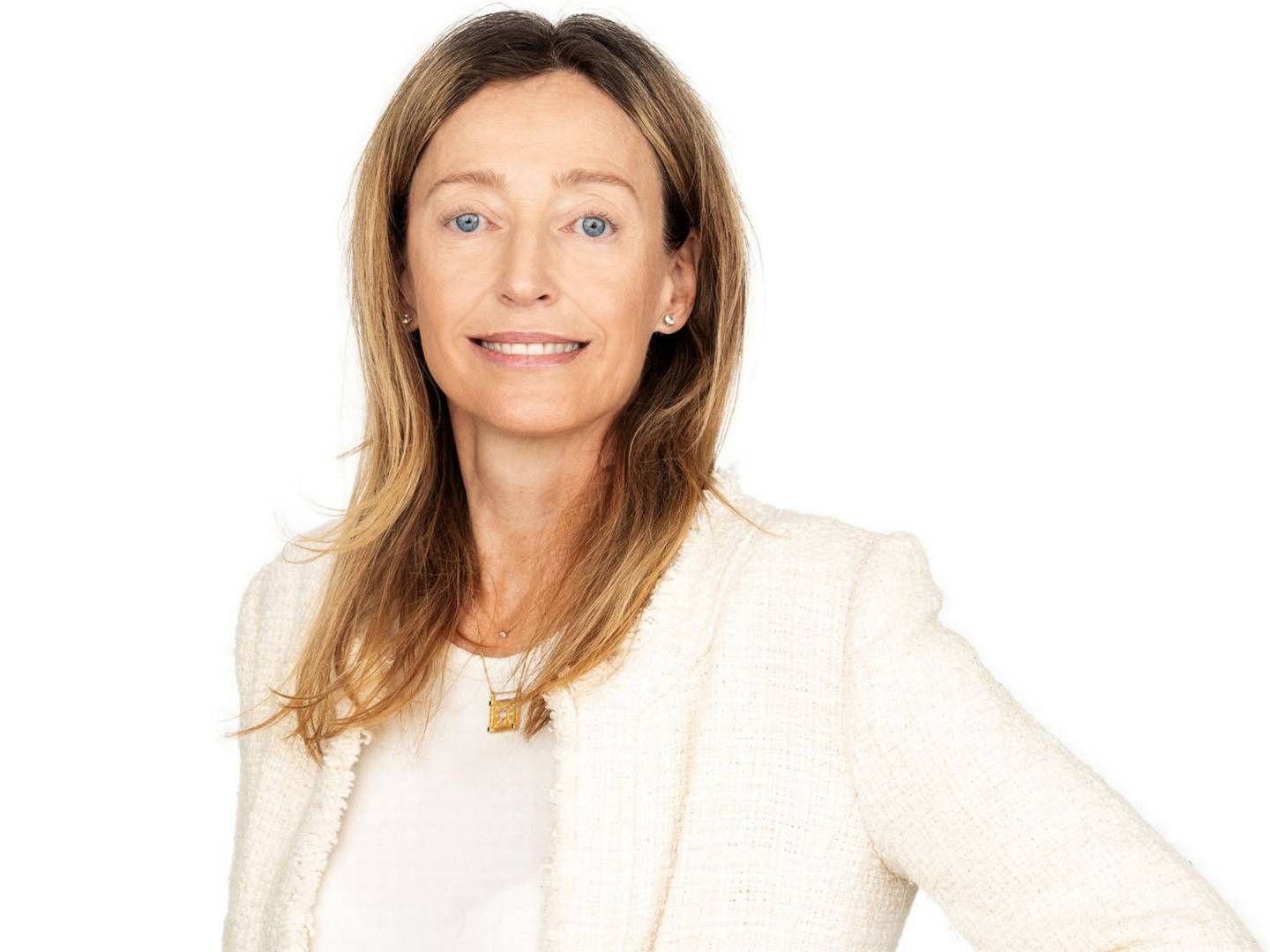

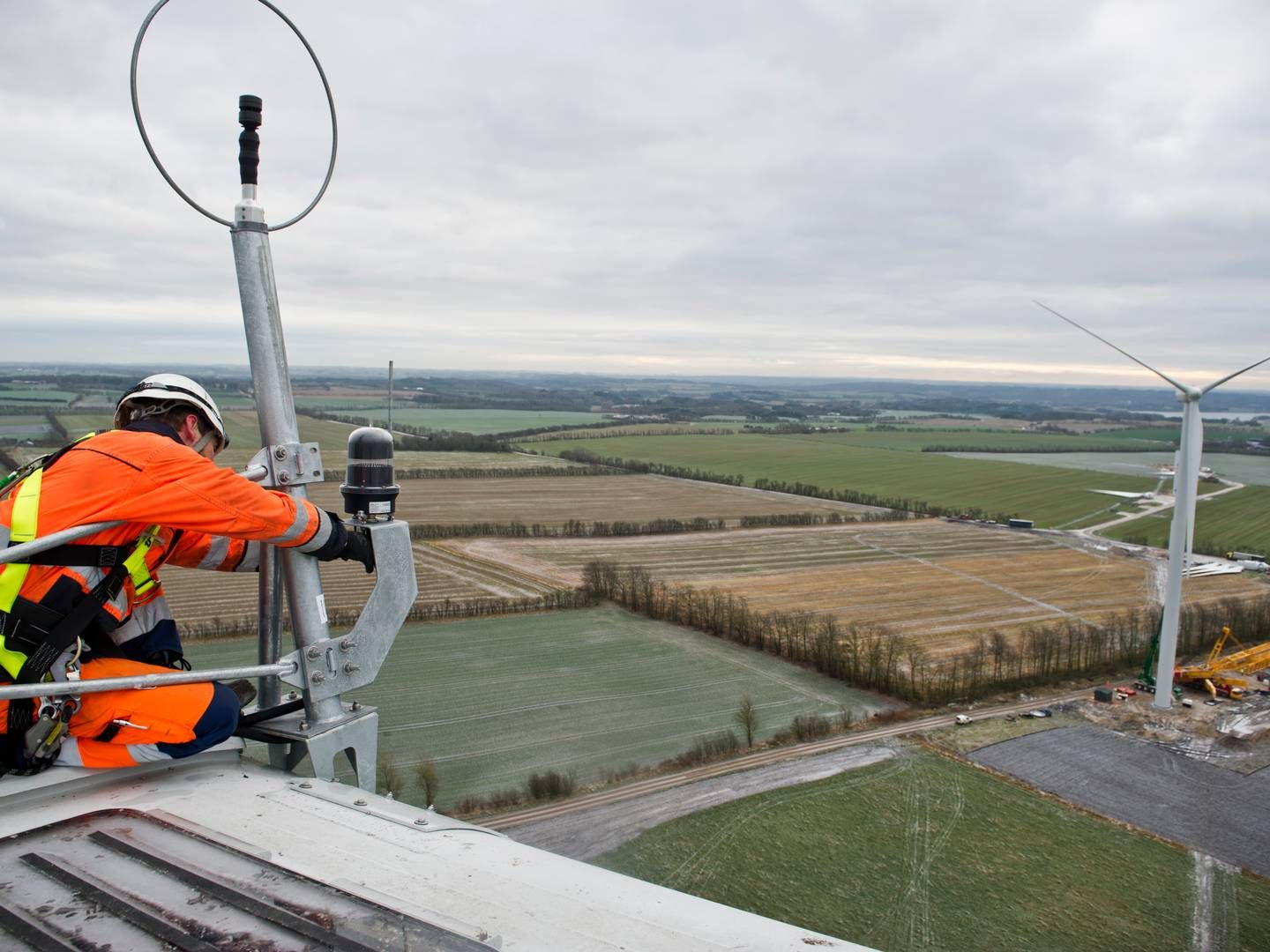
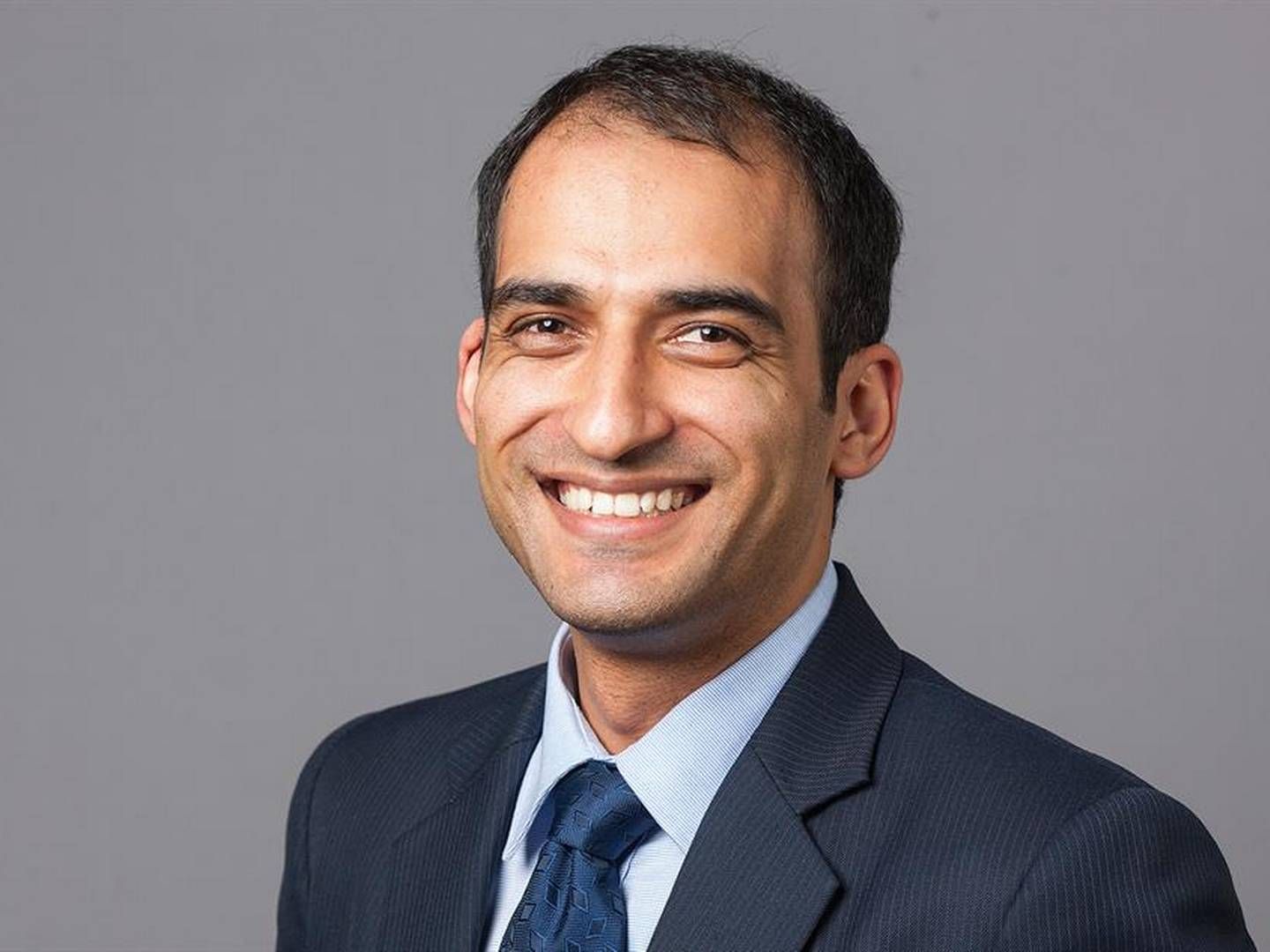

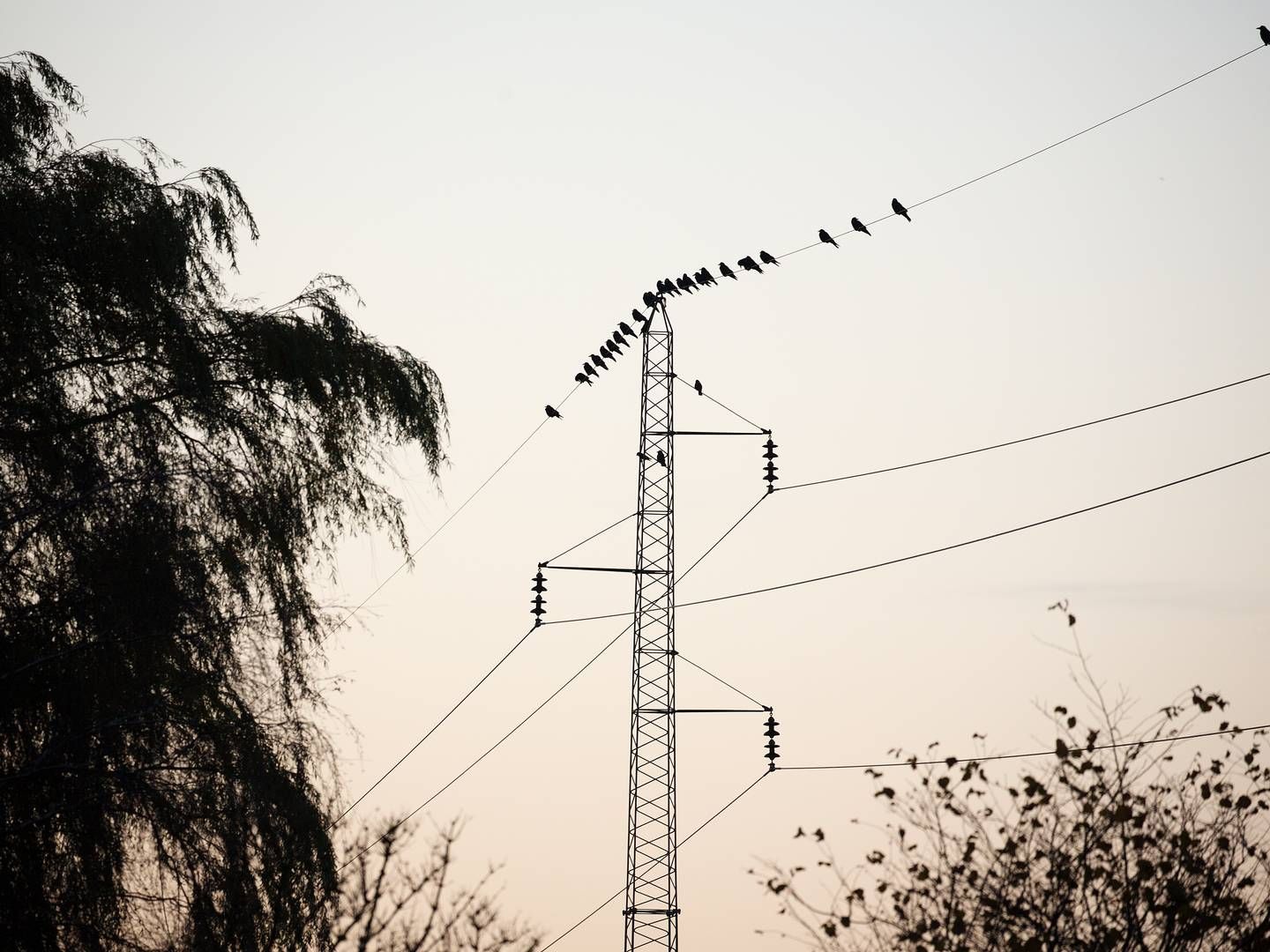

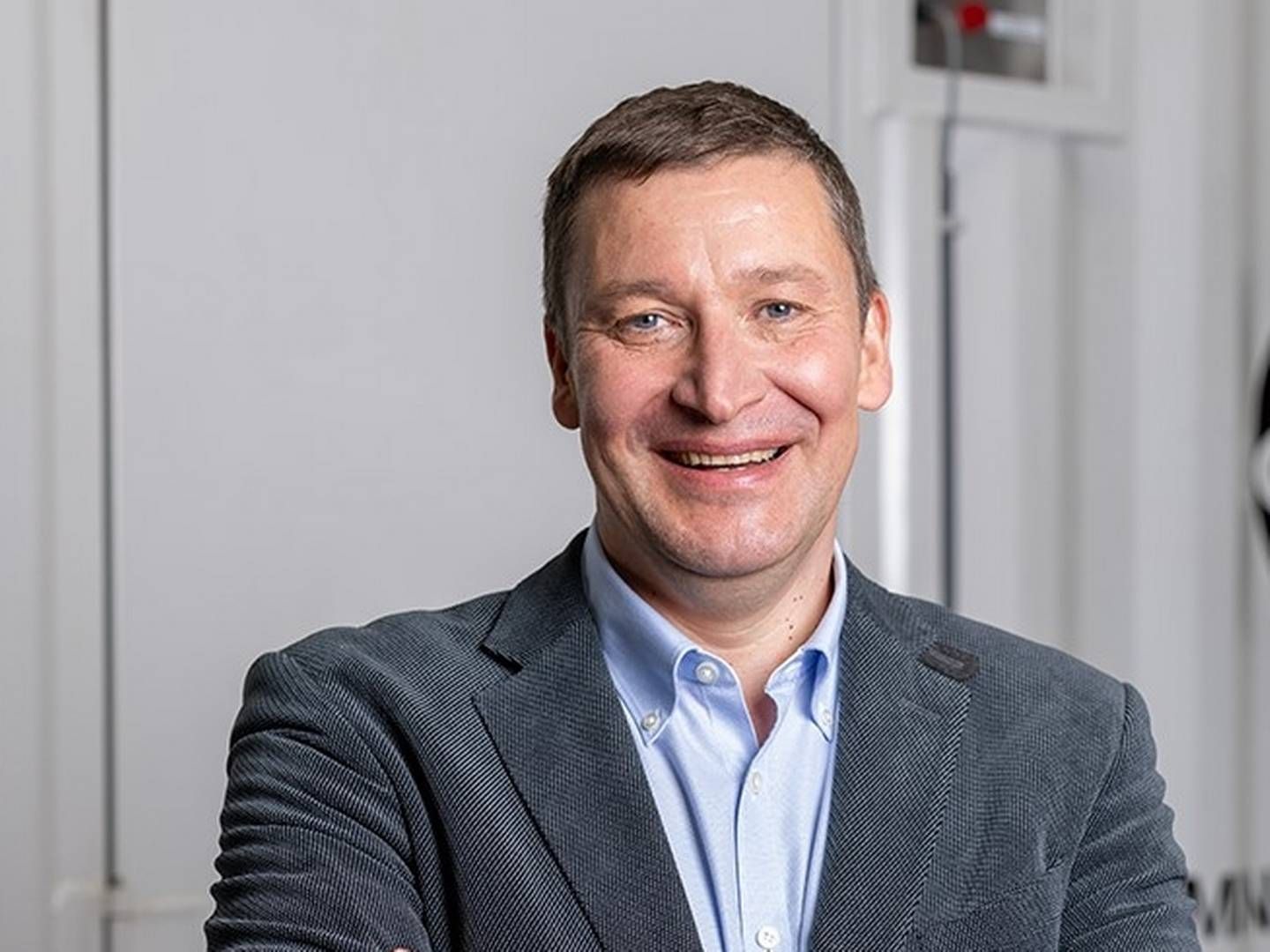




.jpg&w=384&q=75)


